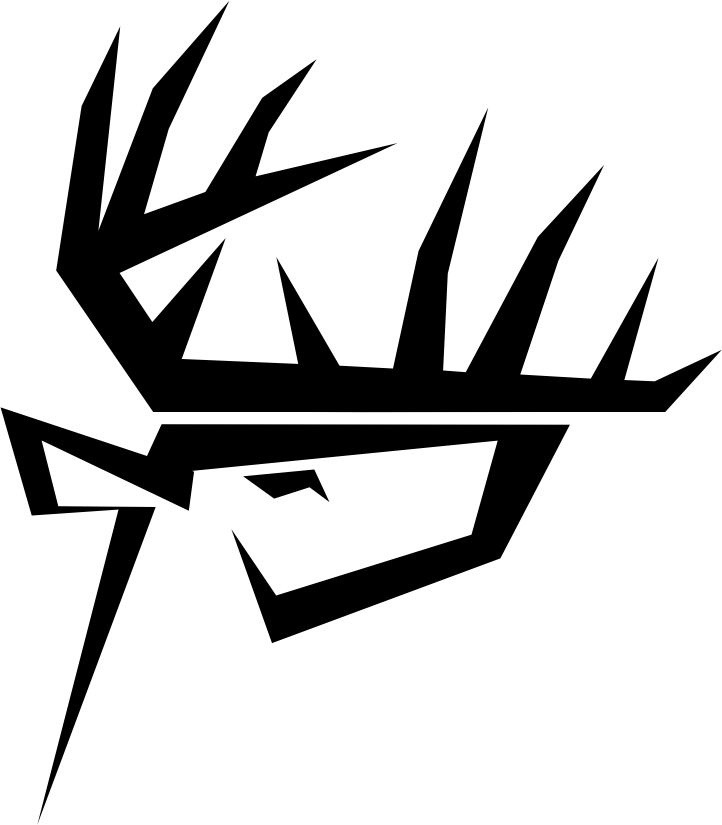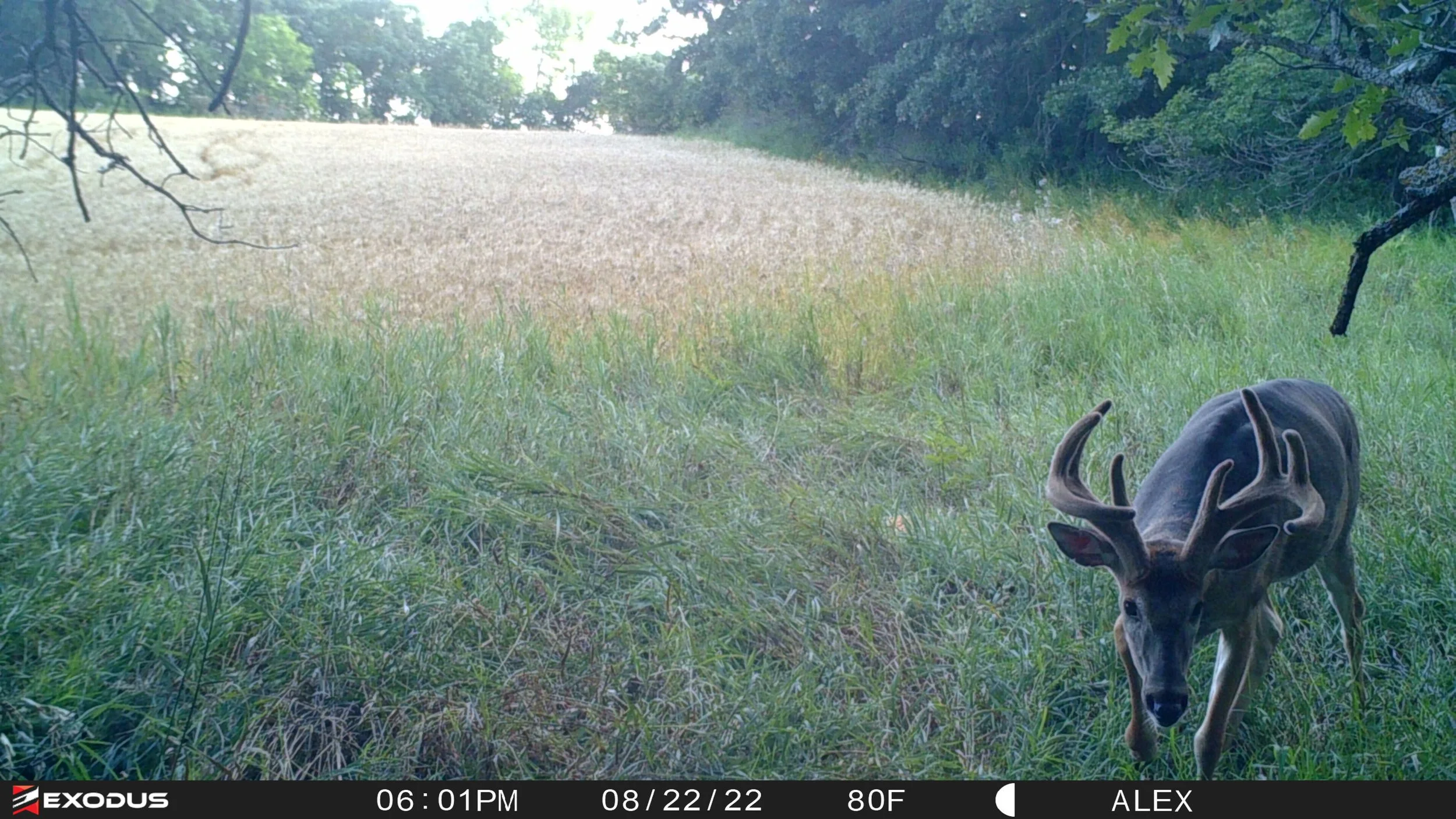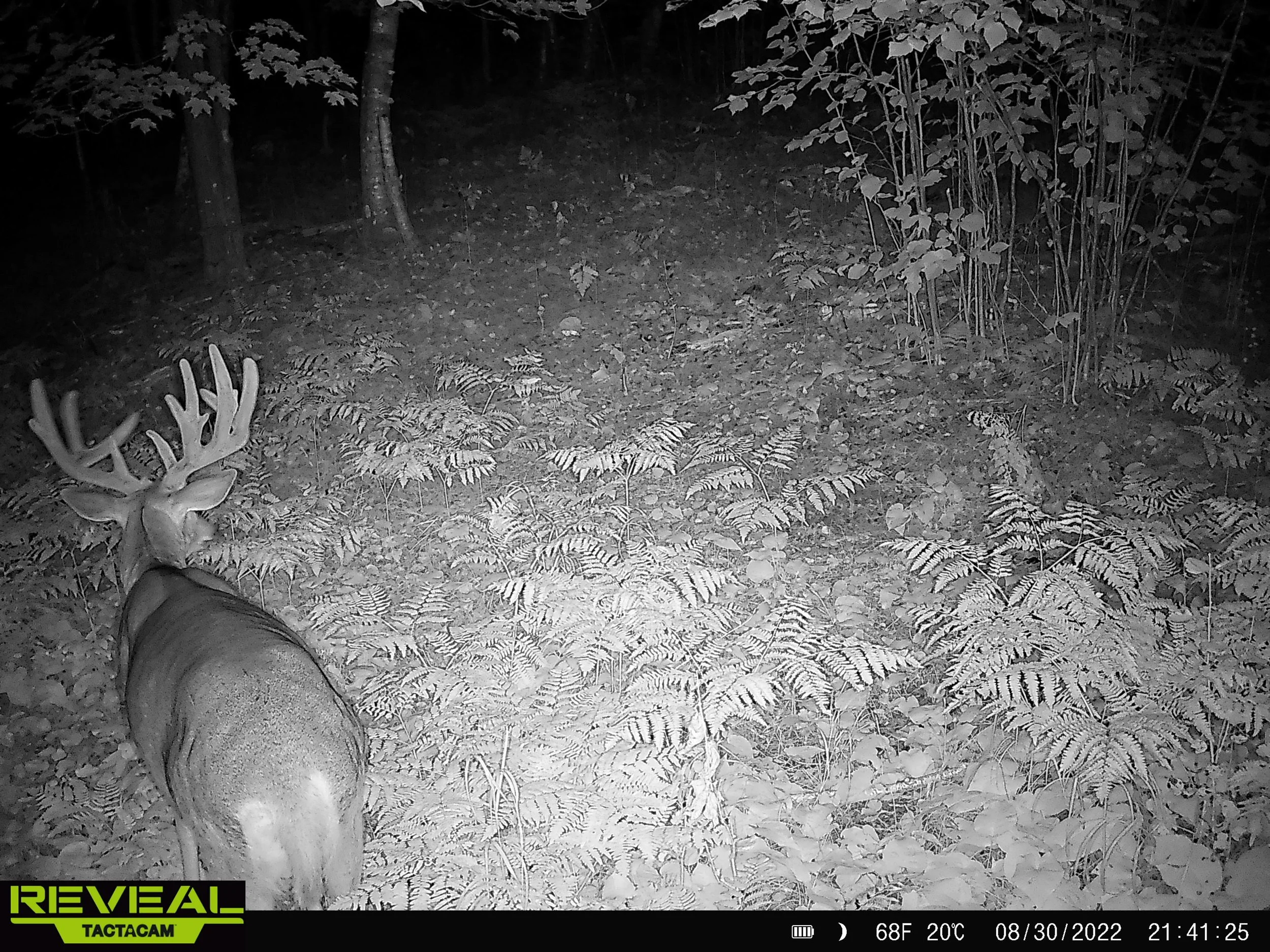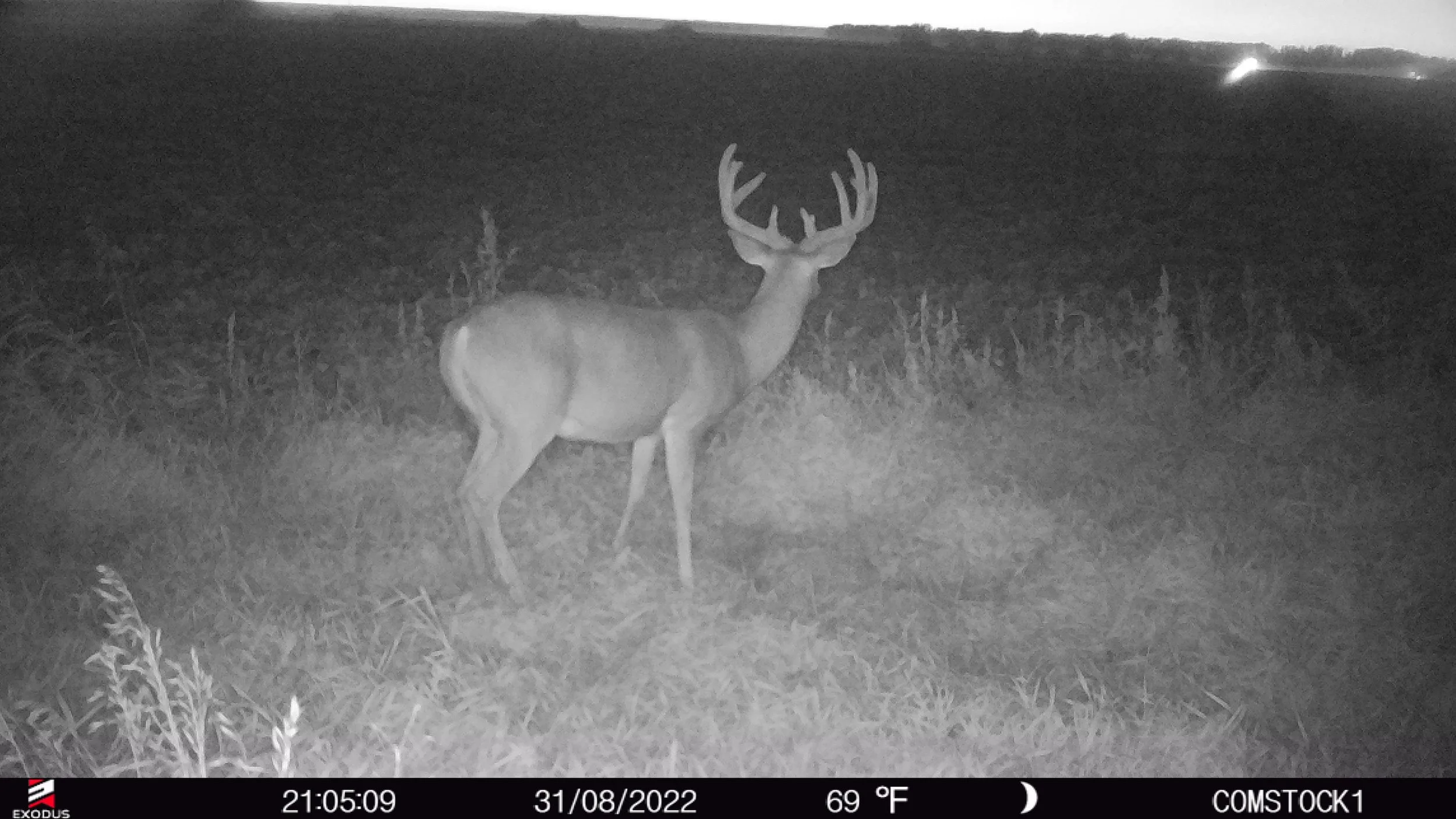SUMMER TRAIL CAMS AND WHAT IT CAN MEAN FOR YOU
July 31st, 2023
By: Alex Comstock (@whitetail_dna)
As the calendar is about to flip to August, we’re officially nearing the start of deer season. Some states, like where I’ll be starting in North Dakota, open on September 1, whereas others like Iowa, you’ve still got a couple months left before the October 1 opener. Odds are, you’ve been running trail cameras throughout the summer, or if you haven’t, you’re probably at least getting them out right around now. The question is, what does the information you gather through trail cameras in the summer really mean? It isn’t always a straightforward answer, but today I’m going to try and break it down as best I can.
Don’t Get Too High or Low
What makes summer so interesting to me personally is that bucks really don’t move much. It’s hot and buggy in the woods typically, and they like to take it pretty easy. What this can mean for your summer trail camera photos is that you’re either going to have a buck hitting your camera a lot, or hardly at all. If you’ve got a big buck hitting your trail camera every day, that doesn’t necessarily mean he’ll be doing the same thing come fall. Conversely, if you’re like me right now and don’t have much going on for bucks on camera at all, that also doesn’t mean it’s time to panic.
Home Ranges Can Change
If you want to drill down further, the biggest reason you don’t want to get too high or low based on summer trail camera photos is due to a buck’s home range shifting come fall. Now, not every buck moves their home range, and the shift can vary from buck to buck. But it typically happens right as a buck is shedding their velvet. They are transitioning from their summer range to their fall range and in some cases, it can mean moving a mile plus. In other cases, a buck may just slightly shift his core range, or even not at all. It’s very common for bucks to just up and disappear around that first week of September, or for people to suddenly have bucks show up.
How To Play The Shift
Inevitably, the biggest question one has to ask themselves is if a buck will stay or leave once they shed their velvet, or if you don’t have much for bucks on camera, if one will show up. The answer is by no means set in stone, but what it’s going to ultimately come down to in my opinion is how your property sets up. What I mean by this, is based on where I’m hunting, I want those properties to setup the best for the time of the year I’m hunting them.
For example, if I know I’m going to be a hunting a property in Wisconsin in mid-October, I really don’t care if I have big bucks on camera in the summer or not. What I want is wherever I’ll be hunting to setup as good as possible for mid-October. That could mean oak trees holding acorns, areas I’ve scouted previously with fall sign such as scrapes, etc.
If I do have bucks on camera in the summer that I want to target, but they disappear come fall, I’ll start moving my cameras around. Like I mentioned earlier, a buck may only slightly shift his home range come fall. It could literally mean they’re frequenting an area a few hundred yards from where they were hitting your camera in the summer. Not to say they couldn’t be still coming by there, but I want to be able to find out if a buck has possibly just slightly shifted. So, a good practice is if you lose a buck to the shift from a camera spot, don’t just settle with that. Get cameras moved around to different parts of the property and see if you can find him back somewhere else.
On the flip side, I know I’ll be hunting North Dakota opening week of season. This is a situation in which I will obviously put a ton of stock into my summer trail camera data. I will be hunting right at the tail end of “summer” and you can still catch a buck utilizing their summer pattern. In those first few days of hunting, you can most definitely lose a buck to “the shift” or have a new one swoop in, but my goal is to base my hunting off a buck’s summer pattern and hopefully take advantage of him being just a little less wary than usual. If you have an early opener, I highly suggest putting that summer trail camera data to use to help you kill an early season buck.
CONCLUSION
The main point of this blog post was to hopefully encourage you to not take anything you get on trail camera in the summer at face value. You can always dig deeper and examine why you are or are not getting bucks on the camera in the summer. At the end of the day, deer season isn’t in July or August, so don’t act like it is. With everything you do, always have the timeframe you’ll be hunting on your mind and it should help pay off.






